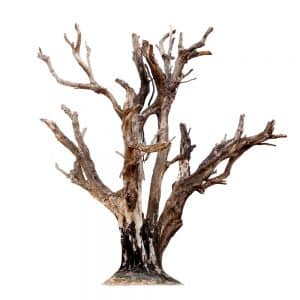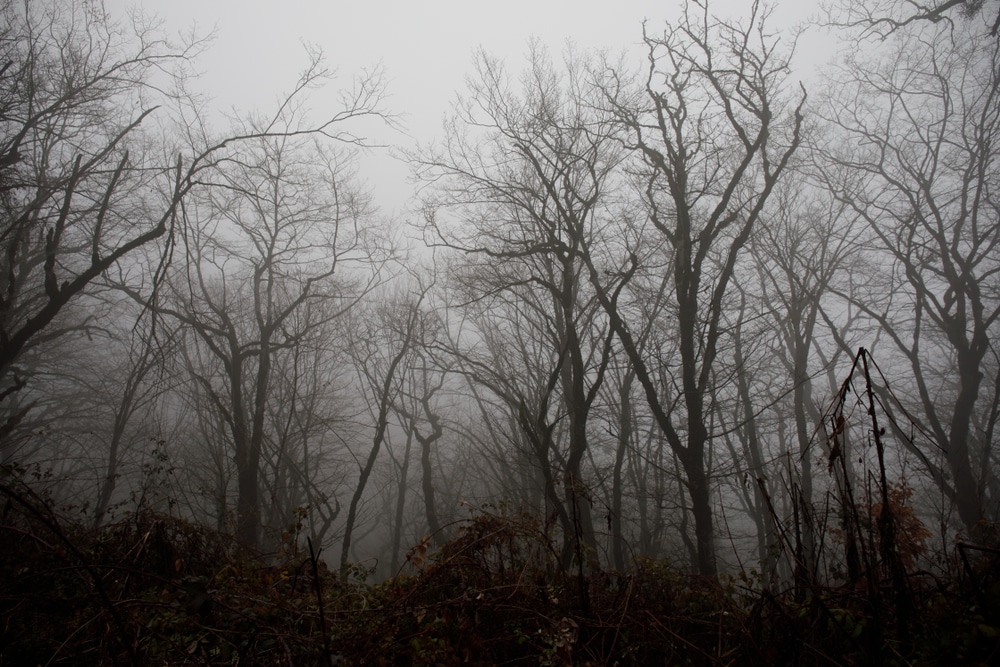Trees are common in any city or town, but how often do we stop to think about their lifecycle? A tree may seem like a permanent fixture, but even the tallest and strongest trees eventually die. So, how long can a dead tree remain standing?
The answer varies depending on the type of tree, climate conditions, and other factors. In this blog post, we explore the signs that a dead tree is falling and when and why you should cut it down. Stay tuned for more information!
Type of Tree
Deciduous trees generally have shallow root systems that strong winds can easily uproot. In addition, these trees are not very dense, so the wood rots quickly once the tree is downed.
Coniferous trees, on the other hand, have much more profound and thicker roots. The wood of these trees is also much harder, so decomposing takes longer.
As a result, a dead coniferous tree can often remain standing for many years. Even after the tree has died, the roots continue to anchor it in place.
Therefore, dead trees are not uncommon to remain standing for decades or centuries. In fact, many examples of fossilized trees date back hundreds of millions of years. While most dead trees will eventually succumb to the elements, some can stand the test of time.
If your tree isn’t totally dead, you may need to prune the leaves and cut back dead branches.
Signs a Tree Might Be Falling
Here are some signs to look out for to know if a dead tree is about to fall:
- One sign that a tree might be falling is how long it has been dead. A tree can remain standing for a while after death, but eventually, it may reach a point where it can no longer support its weight and fall.
- Another sign of an impending fall is the direction of the lean. If the tree is leaning significantly to one side, it is no longer balanced and is more likely to topple over.
- Finally, cracks or holes in the trunk can also weaken the tree and make it more likely to fall. If you see any of these signs, it’s essential to take precautions and stay away from the area in case the tree does fall.
Why and When To Cut Down a Dead Tree
Americans love trees—the American Bird Conservancy has planted seven million trees since 2002. Trees provide many benefits, from beautifying our landscapes to improving air quality to reducing noise pollution.
But when a tree dies, it can become a liability. Dead trees are much more likely to fall over, and they can cause severe damage to property and people.
For this reason, it is vital to have a dead tree cut down as soon as possible. While there is no definitive answer for how long a dead tree can remain standing, most experts agree that the sooner it is removed, the better.
Waiting too long increases the risk of the tree falling and causing problems. So if you have a dead tree on your property, don’t wait – call a tree service to have it removed before it’s too late.
Conclusion
So how long can a dead tree remain standing? It will depend on the type of tree. If you have a dead tree on your property, it is essential to take action quickly.
Not only is it a safety hazard, but the longer a dead tree remains standing, the more damage it will do to the surrounding environment.
Signs that a tree is about to fall include how long it has been dead if it is leaning on one side and if it has cracks and holes. Contact an arborist as soon as possible if you think your tree might be in danger of falling.

